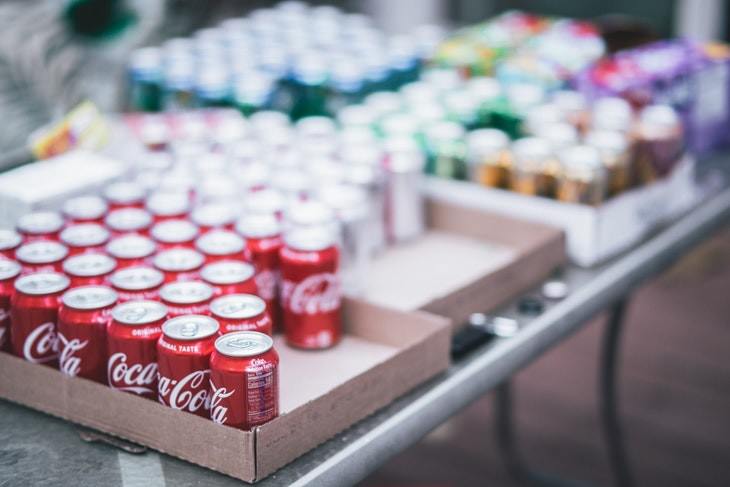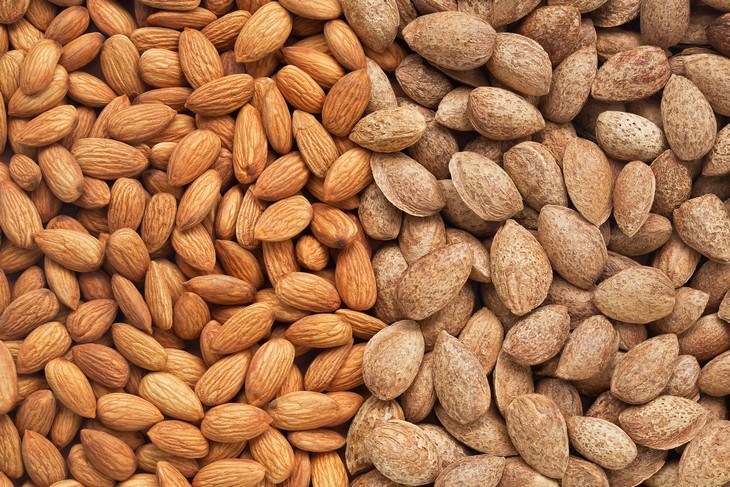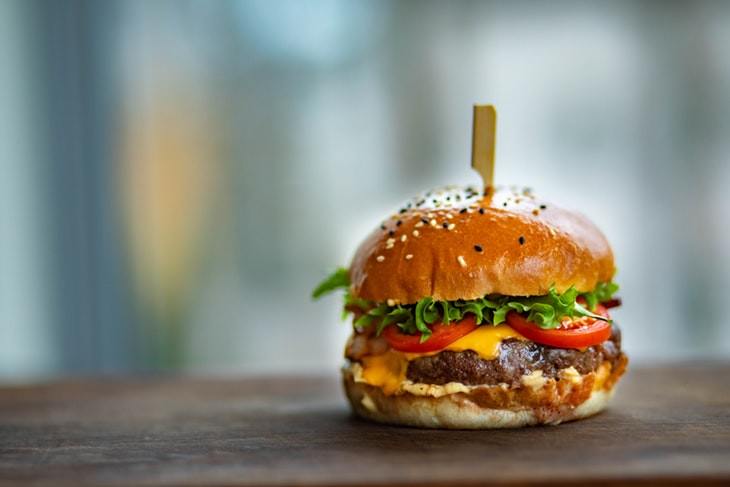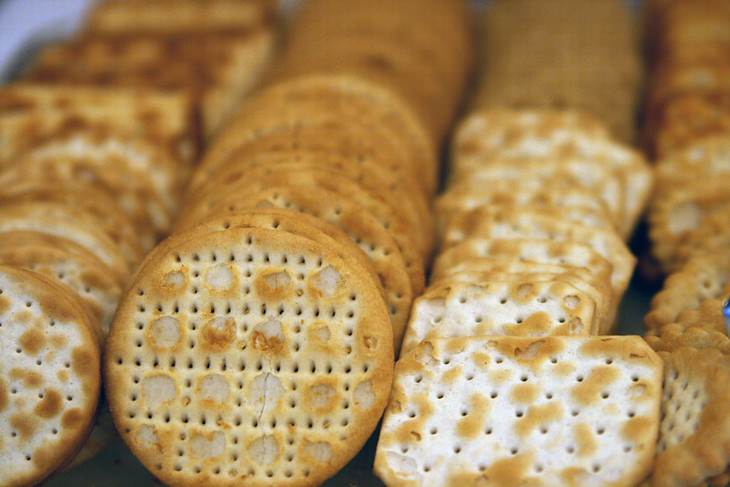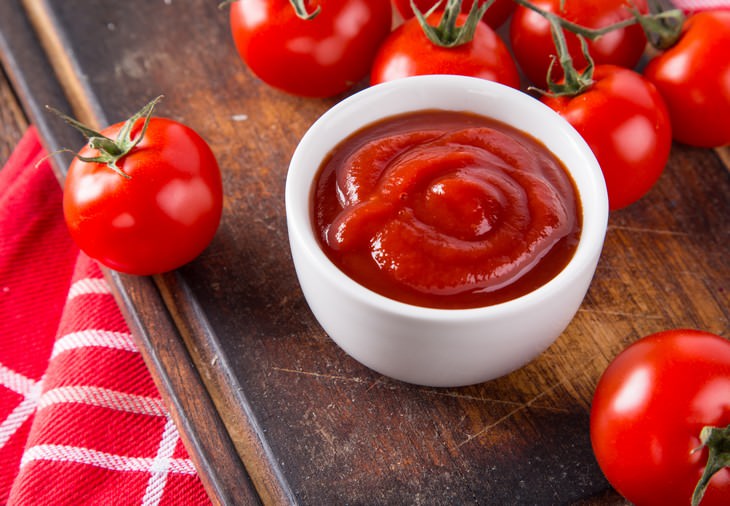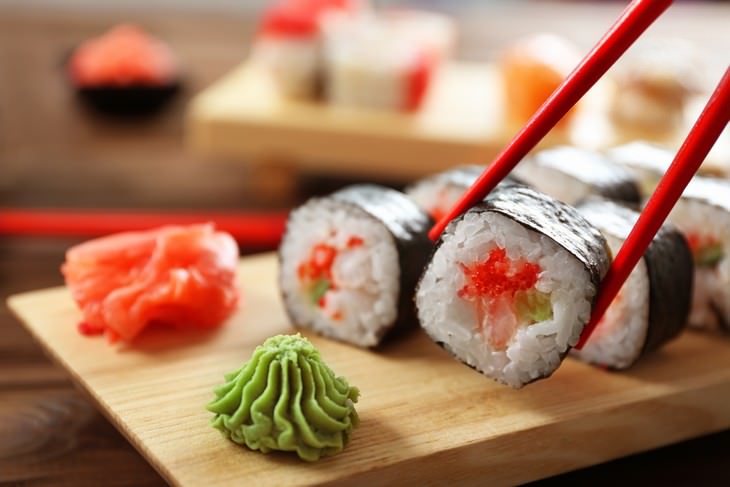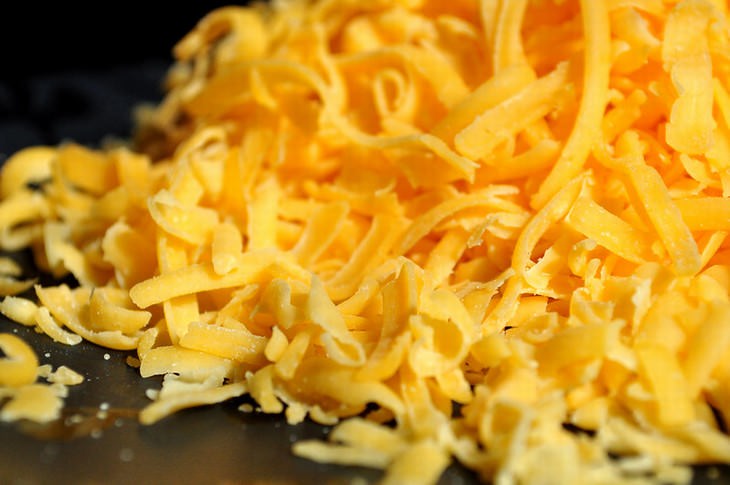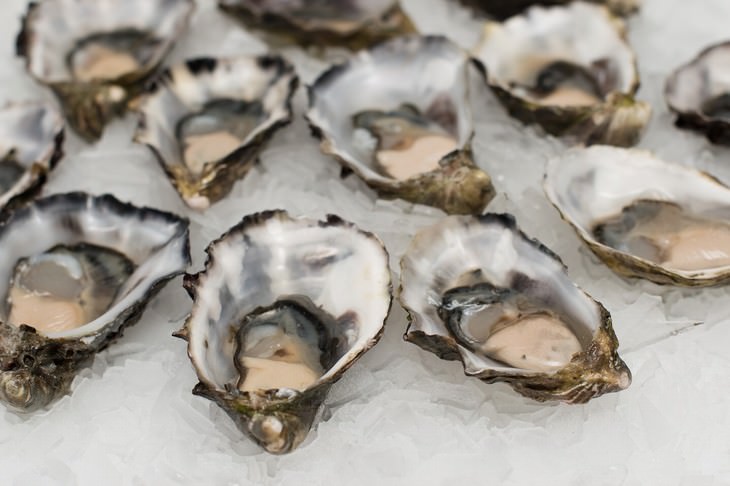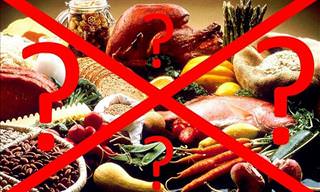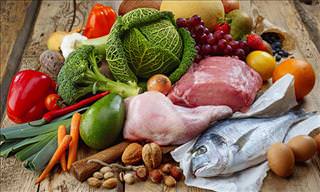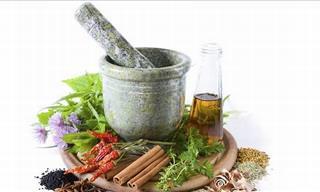1. Coffee Creamer
Believe it or not, many white-colored foods, such as coffee creamer, powdered sugar, candy, chewing gum, and ranch dressing often contain titanium dioxide to make their color even whiter and more opaque. The same chemical is often used in the production of paint, paper, plastic, toothpaste, and sunscreen.
On food packaging, titanium dioxide is often labeled as E171.
While generally considered safe in cosmetics and around the home, there is some evidence suggesting that it may be a carcinogen when inhaled. There is little information about the safety of titanium dioxide in foods, with some research suggesting that it may be absorbed into the bloodstream, which is why France declared that it will ban titanium dioxide in foods in 2020.
2. Skittles
Another common food dye is carmine (or carminic acid). It is a red dye, so you'll be able to find it in a variety of red or pink-colored foods and cosmetics, such as fruit drinks, ice cream, yogurt, Skittles, pink or red candy, eyeshadow, and lipstick. What most people aren't aware of is that this dye is produced from crushed up carcasses of the Dactylopius coccus beetle.
The dye is safe to eat for most people, apart from those who are allergic to carmine, but it's certainly reasonable to question whether one needs crushed up beetles in food, especially since the only contribution of carmine in foods is the color.
3. Fruit
Did you know that your food is covered by the same wax they used to polish cars? It's true, carnauba wax, also known as palm wax or Brazil wax, is derived from the Copernicia prunifera palm. Sweets, such as gummy bears, pills and vitamins, as well as fruits are commonly coated with this wax to make them appear glossier and shinier. The same wax is used as shoe polish, car polish and even in flooring and furniture waxes.
Though considered safe for human consumption, as it doesn't get digested and simply passes through the human digestive system, palm wax does seem to have a poor environmental impact. Also, the necessity of the wax, at least in some foods, such as fruit, is questionable.
4. Soda
Most of us are aware that soda drinks aren't the healthiest, to say the least. Soda has a number of harmful effects on the human body, but it's certainly eye-opening to find out that only 1 can of soda contains more added sugar than the whole recommended daily intake of sugar. There are 39 grams of sugar in 1 can of soda, which is 9 grams more than the 25-gram daily sugar intake recommendation.
5. Almond Extract
Almond extract is rarely made of real almonds. Instead, the slightly bitter and nutty taste is derived from stone fruits, such as apricot or cherry pits. The compound called benzaldehyde, more commonly known as bitter almond oil, is what's providing the almond flavor, and it typically comes from apricots, plums, peaches, and cherries.
6. White Chocolate
White chocolate shouldn't actually be called chocolate either, as it doesn't contain cocoa powder at all, the key ingredient in all chocolates. The only common ingredient in dark and white chocolate is cocoa butter, which gives chocolate its creaminess. White chocolate also contains vanilla, dairy products, and sugar.
7. Bananas
The Cavendish variety of the banana fruit, which is the only kind most people know and recognize as 'the banana' has to be cloned by farmers all over the world, as the fruit is practically devoid of seeds - the only other way for the plant to reproduce.
If you're wondering whether the complete lack of genetic diversity could make the plant more susceptible to disease and extinction, that's a real possibility, as we've discussed in greater detail in a previous article titled Will Bananas Go Extinct Soon (Again)?
8. Burger Patties
Hamburgers are made of ground beef, and the origins of this very beef are not only difficult to pinpoint, but they're also much 'wider' than you'd expect. According to a Washington Post article, one burger patty, or one portion of store-bought ground meat can be part of hundreds of animals. This isn't dangerous per se, but this does make it very difficult to regulate and recall meat in an economic fashion when a threat has been detected.
9. Crackers
It turns out that it's crackers, and not sweets, that are the worst for your teeth, so add snacking on goldfish on the list of tooth-damaging habits. This is because crackers and biscuits get dissolved in your mouth and turn into a sticky paste that gets between your teeth, becoming the perfect breeding ground for bacteria and the cause for gum infections and cavities. That's why it's best to least rinse your mouth after eating a biscuit, or ideally - brush your teeth.
10. Ketchup
Nowadays, we know that ketchup isn't the healthiest of condiments, as it is loaded with added sugar and tons of preservatives, but back in the 1800s, when ketchup was fresh and new, so to speak, people believed that it has medicinal properties and can cure diarrhea and indigestion. Luckily, we're wiser now and know that ketchup should only be an occasional treat.
11. Wasabi
Wasabi is related to horseradish and mustard, and it has a similar taste to horseradish - a resemblance that's often abused, as it turns out. In fact, over 90% of the wasabi you can find in Europe or the US is just dyed horseradish and not the Japanese stuff. Real wasabi is grown in quite limited quantities and is very expensive, which is why most restaurants resort to the cheaper equivalent.
12. Brown Sugar
If you're in the habit of shopping for the more expensive brown sugar (like I once was), don't submit to the deception. The truth is that brown sugar is just white sugar with the addition of molasses, which was filtered out during the refining process. The only difference between the two is the taste and the texture, but in terms of its health effects, they're equal.
13. Salmon
Let's discuss salmon and why salmon flesh is the color that it is. In the wild, salmon feed primarily on krill and shrimp, which have that pinky color thanks to a compound called astaxanthin. As a result, the flesh of wild salmon becomes infused with this pink, as well as numerous vitamins that come with it.
Interestingly, salmon are not the only species that owe their salmon pink color to shrimp and krill. Flamingoes, too, can thank their diet rich in shrimp for their bright color. But let's get back to salmon, namely farmed salmon. They have a different diet than their wild counterparts, which is why farmers feed the fish carotenoid dyes to tint their flesh a familiar pink hue.
14. Grated Cheese
If you ever read the ingredient list of grated cheese or some cereals, you may have encountered an ingredient called cellulose. In cheese, it's used to prevent clumping, whereas in cereals it's just a bulking agent advertised as 'fiber'. What cellulose really is is sawdust, and manufacturers have been using it since the 1970s to cut production costs.
Needless to say, sawdust is absolutely unnecessary in food of any sort and it can be replaced by more nutritious ingredients. Unlike flour or wheat, cellulose has no health benefits whatsoever, hence the misleading advertising regarding fiber.
15. Fresh Oysters
Have you ever tried fresh oysters? If so, then chances are, you were munching on a live animal, as it turns out that raw oysters have to be served alive or nearly so to be safe to eat. Most oysters are stored in very specific conditions, and they can survive without water upwards of 2 weeks. During this time, they can be served to customers, but once they die, they are no longer safe to eat.
 Go to BabaMail
Go to BabaMail





